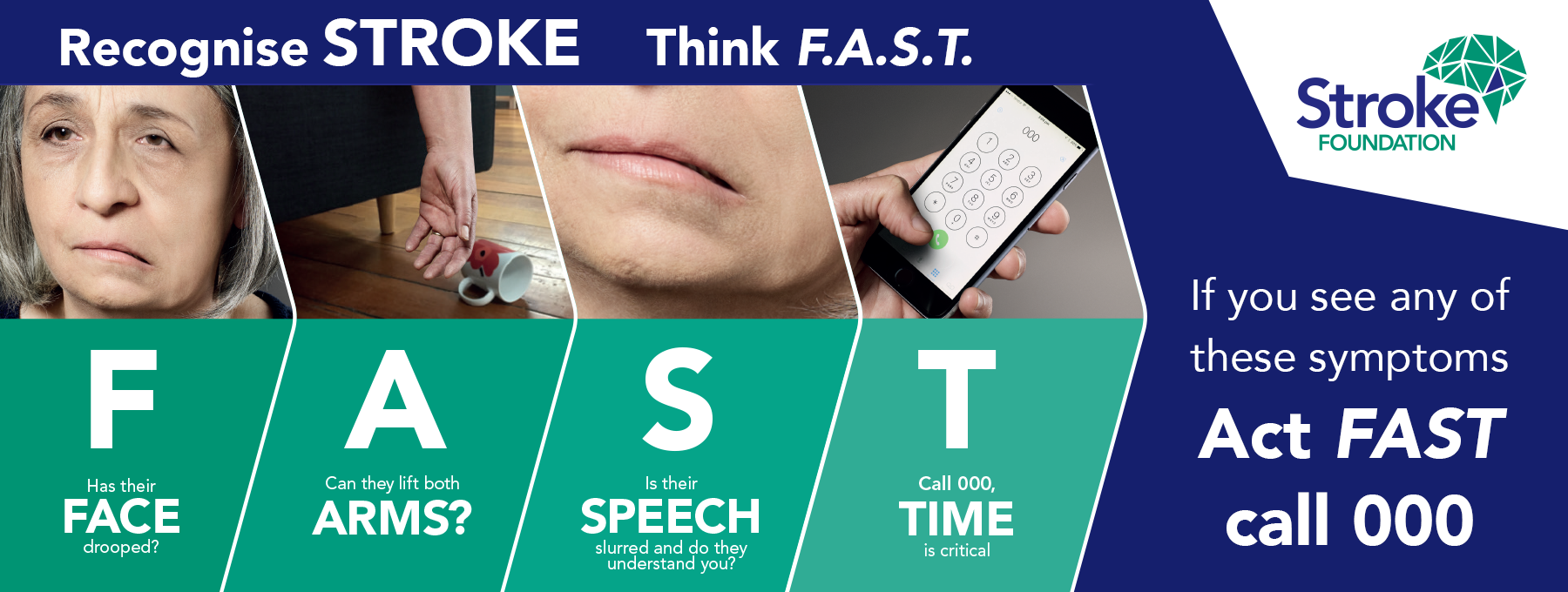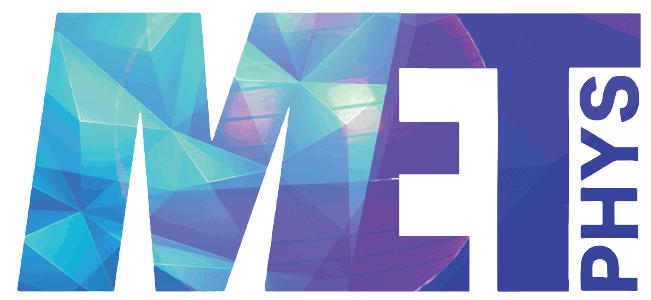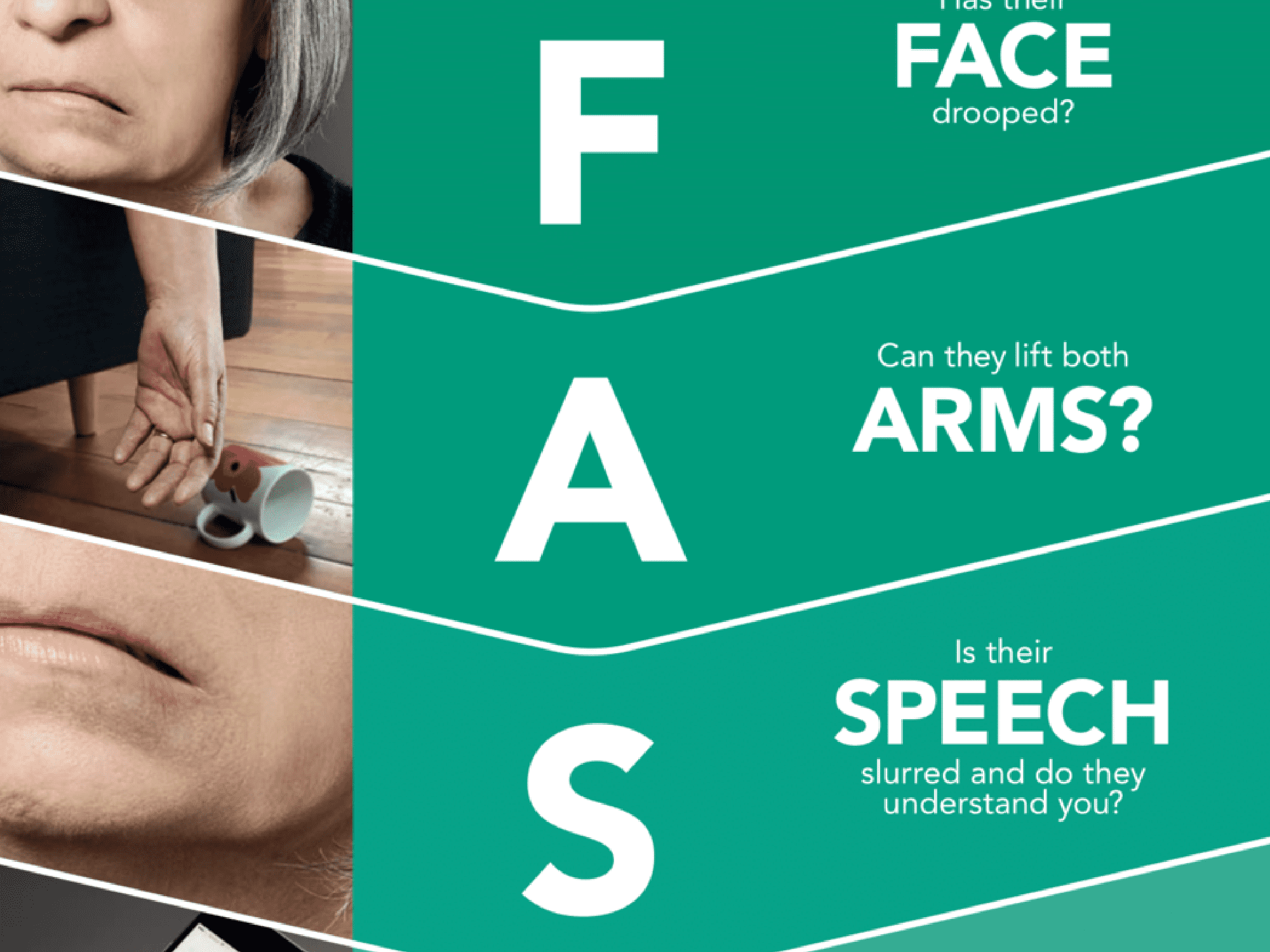First things first – WHAT is a Stroke?
A stroke is a physiological event whereby the brain has been cut off from its blood supply for an extended period of time. This causes brain cell damage and death.
There are TWO types of Strokes:
- An ischaemic stroke: the blood pathway to the brain is blocked by plaque or some form of thrombosis or embolism or atherosclerosis. An ischaemic stroke has the highest prevalence of the two.
- A haemorrhagic stroke: where an artery into the brain breaks or bursts. There are two types of haemorrhagic strokes – subarachnoid haemorrhage and the intracranial haemorrhage. This variation of stroke is most common in the cerebellum, thalamus and brainstem.

Possible Motor Impairments:
- Increased muscle tone
- Decreased muscle tone
- Involuntary, uncontrolled movements
- Slow, writhing, involuntary movements of both agonist and antagonist muscles
- Abrupt, irregular movements of the head, neck and/or extremities
- Poor co-ordination from disrupted balance, posture or kinesthetic feedback
So how can exercise help?
With the assistance of a trained professional (Exercise Physiologist/Physiotherapist), it is possible to regain some control over the affected limbs. Through targeted programs, activities of daily living can become more manageable and sufferers can become more independent. Currently, the recommendations for stroke rehabilitation are from the Australian Stroke Foundation (2017).
They have made the following recommendations:
Once the person is medically stable and has passed a screen for inclusion in cardiorespiratory fitness training an individually tailored program can be prescribed. Billinger et al. (2014) [80] recommend aerobic programs should typically include:
- Mode – large-muscle activities such as walking; arm, leg or arm-leg ergometry; functional activities
- Frequency – 3–5 days/week
- Duration – 20–60 min/session (or multiple 10-min sessions) with an additional 5–10 min of warm-up and cool-down activities
- Intensity – 40–70% VO2 reserve or HR reserve; 55–80% HRmax; RPE 11–14 (6–20 scale).
Standing balance exercises should be undertaken every session and gross motor activities for example walking are advised to be performed for 10-20 minutes each session.
In terms of strength training, it is recommended to start with body weight and bands before progressing onto free weights or machine weights.
In saying this, we need to remind everyone that we are all unique individuals and everyone will progress at different rates. Not all strokes are the same – they all have different severities and affect different parts of the body.




